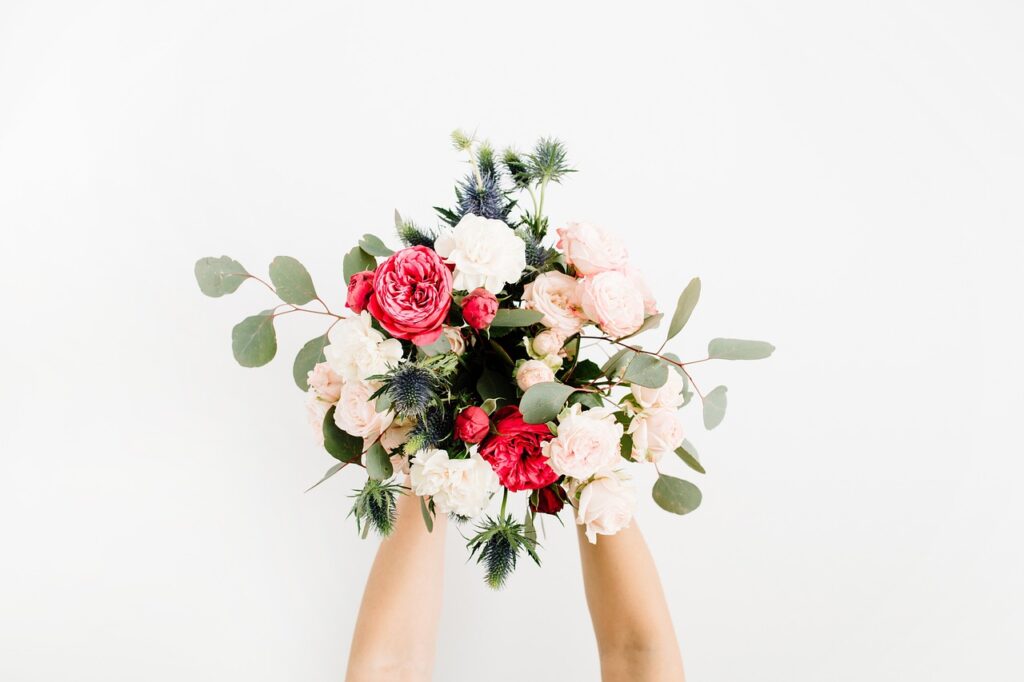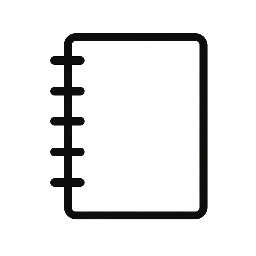
A custom bouquet is a floral arrangement designed specifically to meet individual preferences and occasions. It allows the person choosing it to select flowers, colors, and styles tailored to their unique taste or the event’s theme. A custom bouquet offers a personalized touch that standard arrangements cannot provide, making it more meaningful and special.
Many people opt for custom bouquets to express specific emotions or to match particular aesthetics, whether for weddings, birthdays, or corporate events. This flexibility ensures the bouquet fits perfectly within the desired context, enhancing the overall experience.
By choosing a custom bouquet, one gains control over every detail, from flower types to arrangement style, which can highlight personal stories or sentiments better than pre-made options. This level of customization makes the bouquet a reflection of individual creativity and intention.
Designing a Custom Bouquet
Designing a custom bouquet involves selecting the right flowers, balancing colors, and adding personal touches. Each choice impacts the overall look and feel, ensuring the arrangement fits the occasion and preferences.
Selecting Flower Types
Choosing flower types depends on the occasion and the recipient’s tastes. Popular options include roses, lilies, tulips, and wildflowers. Each flower carries different meanings; for example, roses symbolize love, while lilies often represent purity.
Seasonality also matters. Using flowers in season ensures freshness and better availability. A florist might suggest combining focal flowers like peonies with filler flowers such as baby’s breath or greenery to add texture and depth.
Consider the bouquet’s longevity. Some flowers last longer after cutting, which can be important for events meant to be enjoyed over several days.
Choosing Color Schemes
Color schemes affect the mood and style of the bouquet. Common palettes include monochromatic, complementary, and analogous colors. For example, a red and pink combination creates warmth, while blue and yellow contrasts bring energy.
Bright colors suit celebratory events such as birthdays, while soft pastels fit romantic or sympathetic occasions. The colors should also complement the venue or outfit, especially for weddings or formal events.
Using a color wheel can help avoid clashes. Keep the palette balanced by limiting the number of hues to three or four. Neutral shades like white or green often tie the design together.
Personalizing Arrangements
Personalization makes each bouquet unique. Adding elements related to the recipient’s personality or hobbies adds meaningful detail. For instance, incorporating herbs or succulents can give a rustic or modern touch.
Florists may use custom wrapping, ribbons, or vases to match the bouquet’s theme. Including a hand-written note or small keepsake enhances the emotional impact.
The size and shape of the bouquet are also customizable. Compact, round bouquets work well for formal events, while loose, cascading styles add drama and movement. Each decision should reflect the intended message and setting.
Occasions and Gifting
Custom bouquets provide a tailored touch that fits various important moments. Their design can reflect the event’s tone and the recipient’s personality, making them meaningful gifts.
Weddings and Celebrations
For weddings, custom bouquets often match the ceremony’s color palette and style. Brides may choose flowers with symbolic meanings to add depth to their arrangements. Seasonal blooms ensure freshness and availability.
Custom bouquets for celebrations such as birthdays or anniversaries focus on the recipient’s preferences. Personal touches like favorite flowers or colors make the bouquet unique. They can also be coordinated with decorations or themes to enhance the event’s atmosphere.
Corporate and Event Bouquets
Corporate bouquets are designed to fit brand colors and company image. They are commonly used for conferences, awards, or client gifts. High-quality flowers project professionalism and appreciation.
Event bouquets must be versatile, serving as table centerpieces or stage decorations. Custom designs help reinforce the event’s purpose and create a cohesive look. They often prioritize durability and ease of handling during the event.

Leave a Reply